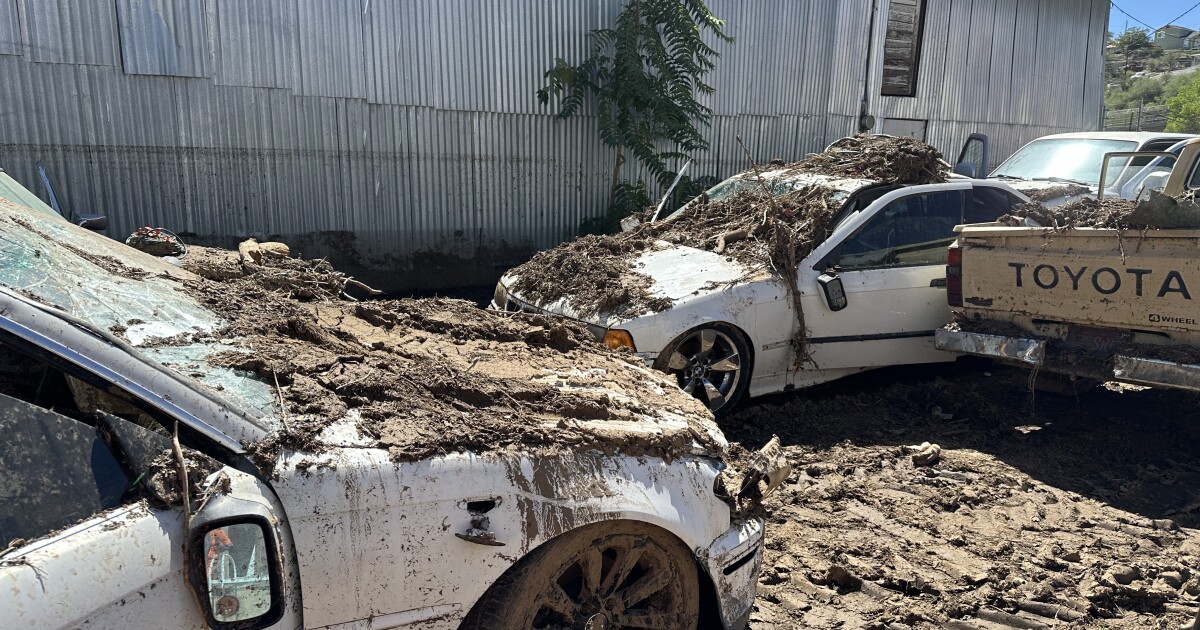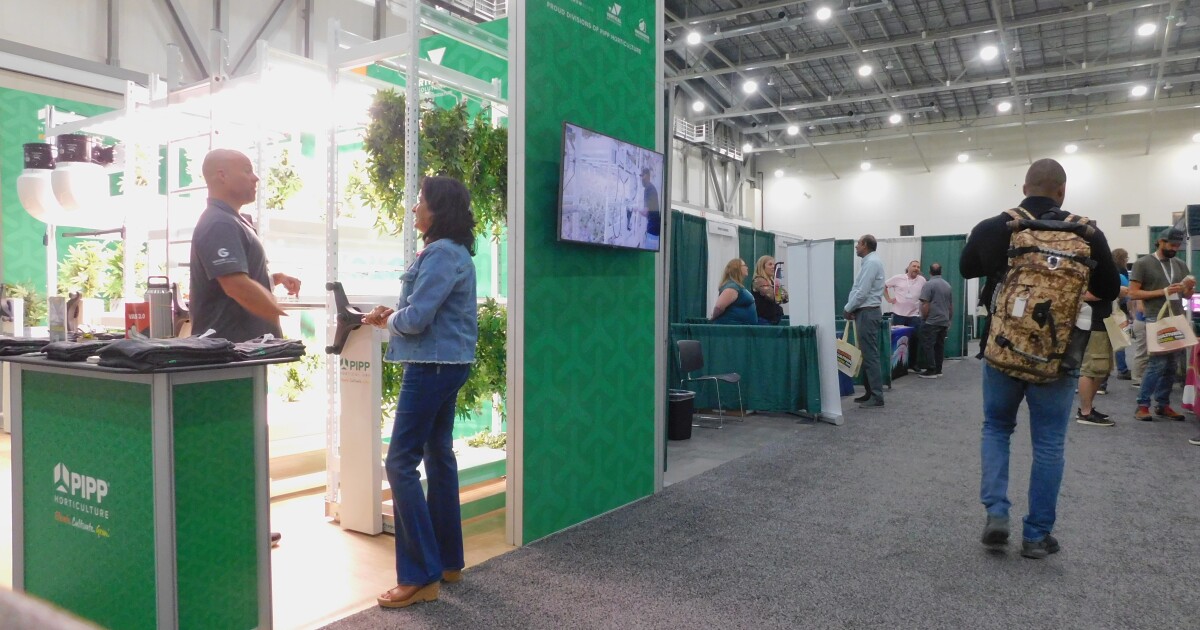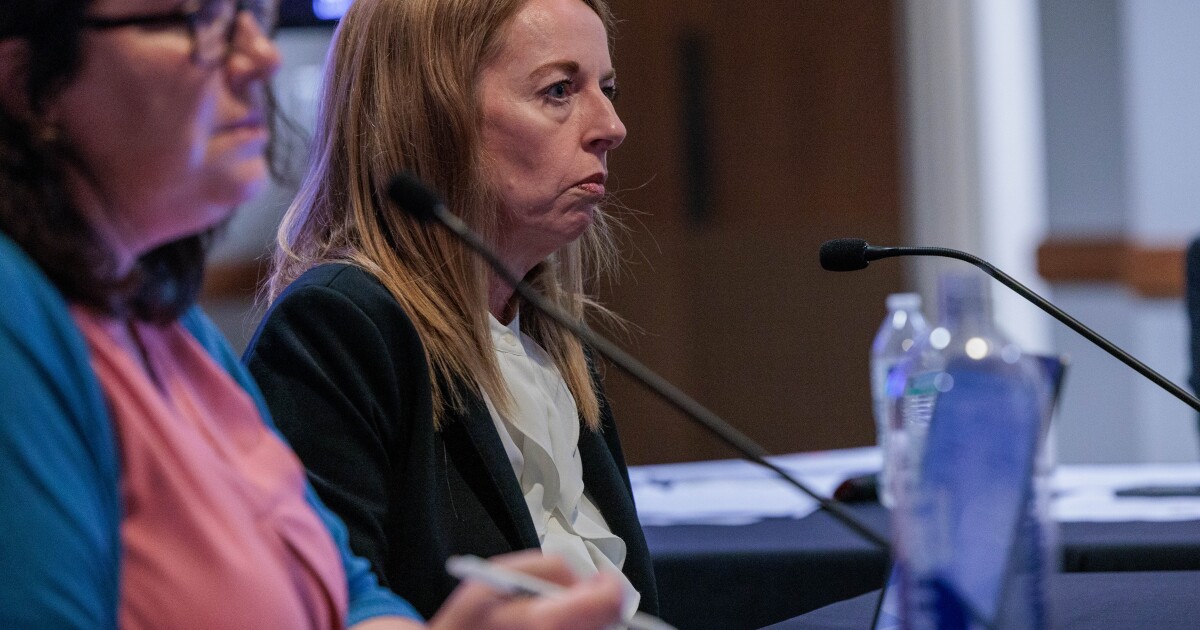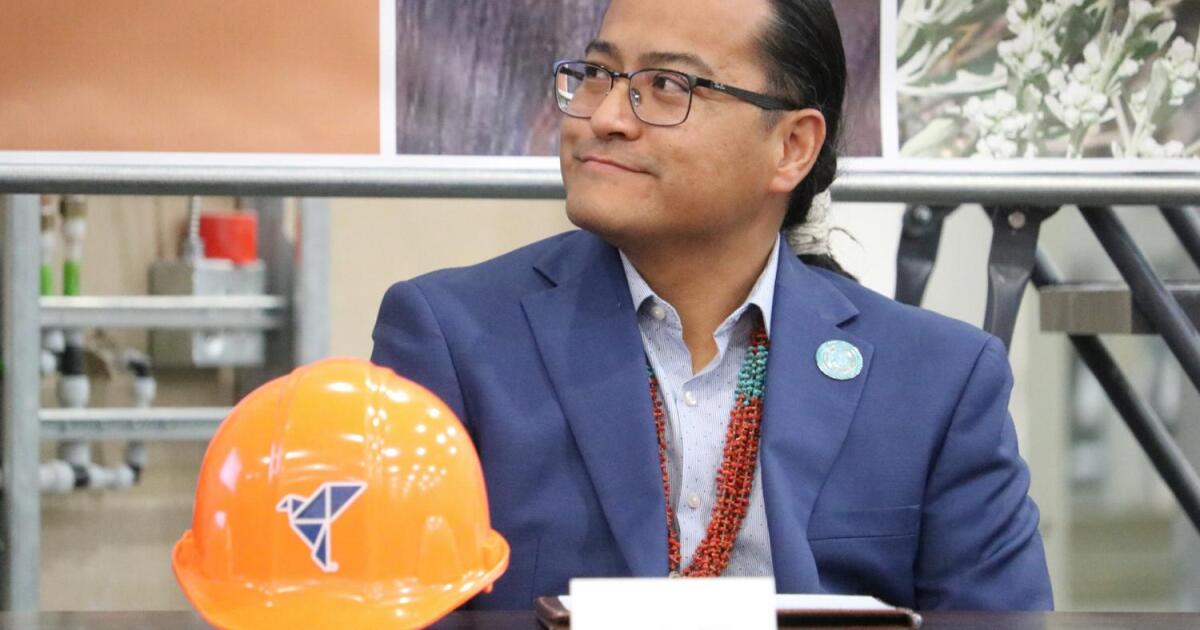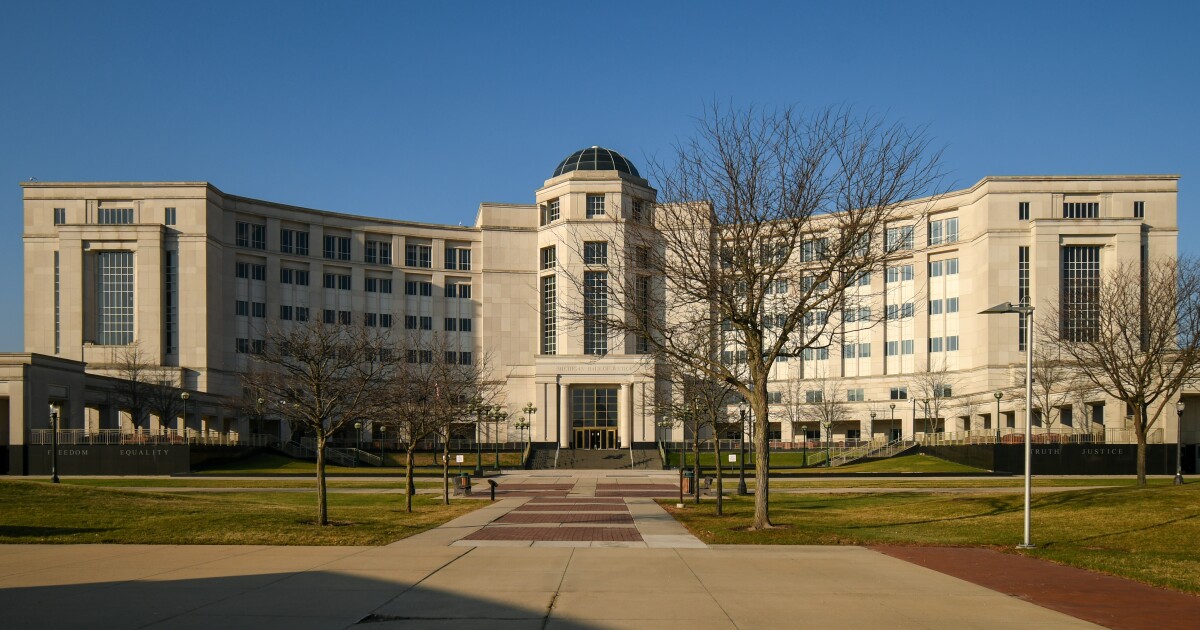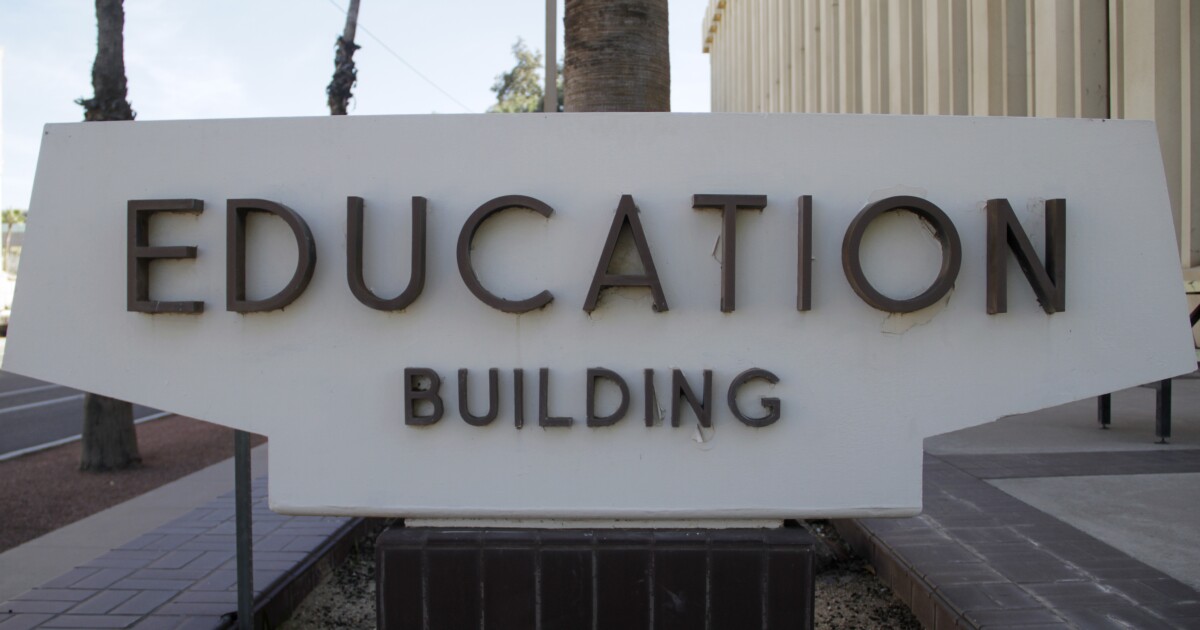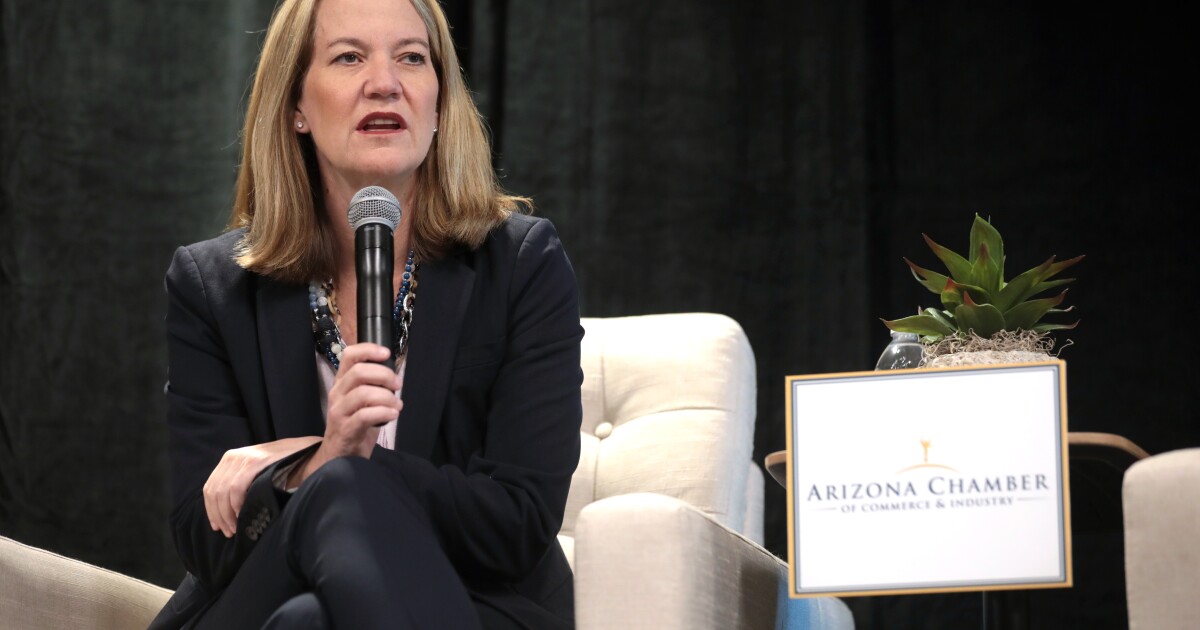
Get an insider’s look into what’s happening in and around the halls of power with expert reporting, analysis and insight from the editors and reporters of Montana Free Press. Sign up to get the free Capitolized newsletter delivered to your inbox every Thursday.
November 20, 2025
Is there a trend of people moving away from blue states? Gov. Greg Gianforte believes so.
On November 17, as the new chair of the Republican Governors Association, Gianforte claimed states with Democratic leadership face a mass exodus, while Republican states prosper.
“The stakes could not be higher,” Gianforte addressed fellow Republicans. “States with Republican governors are thriving, with our citizens seeing lower costs, safer streets, and a higher quality of life. That stands in stark contrast to the many failing states led by Democrats, places Americans are fleeing.” RGA aims to turn more states Republican in 2026.
Examining Montana migration data suggests a pattern, although with nuances specific to the state.
The top 10 states supplying Montana newcomers include Democratic trifectas like Washington, California, Colorado, and Oregon. These states were the origin for 16,312 new Montana residents from 2018 to 2022, according to U.S. Census data. During that period, 47,165 people relocated to Montana.
In contrast, Republican-led states like Idaho, Florida, Wyoming, Texas, and North Dakota supplied 9,108 newcomers. Arizona, governed by a Democrat with a Republican Legislature, added 1,637 residents.

Proximity and population size play key roles. Washington, with 8 million people and close proximity, was the last home for 5,106 new Montanans. California, despite high population, is notably losing residents, contributing 5,103 to Montana. Census data ranks California high for net out-migration, followed by New York, Illinois, New Jersey, and Massachusetts.

Data suggests newcomers to Montana are more likely to vote Republican. According to election data service L2, the ratio of Republican to Democratic voters moving to Montana was three to two from October 2008 to May 2024.
L2’s analysis comes from tracking newcomers from states with party registration mandates, though some data is missing due to states like Montana not requiring party declaration.
— Tom Lutey
Caught between FOMO and frostbite
In Montana, discussions on rescheduling presidential primaries are heating up, with some wanting to avoid being among the last to vote.
Legislators debated whether to hold primaries in early spring or late winter during a State Administration and Veterans Affairs Committee meeting on November 17.
Rep. Lukas Schubert, a Republican from Kalispell, expressed concerns. “If we do it too early, like January or February, I would agree that would generally be too early,” Schubert stated. The freezing ground conditions pose challenges to campaigning.
Moving the primary may shift the advantage to well-financed political campaigns over grassroots efforts, Schubert added.
Montana currently shares its last-place primary status with four other states, all voting on the first Tuesday in June.
Sen. Theresa Manzella, R-Hamilton, suggested an early May primary could coincide with other spring ballot issues, like school levies.
Advocacy group Western Native Voice’s Keaton Sunchild noted American Indian tribes’ support for an early primary, potentially highlighting Indigenous and rural issues.
Discussions about changing Montana’s primary date have occurred since 1999, yet no proposals have passed both the Legislature and governor’s office.
In 2007, a bill for an earlier primary was vetoed by then-Gov. Brian Schweitzer, citing cost concerns. Republicans held a separate 2008 caucus to select a presidential candidate, but public participation was limited to credentialed party officers.
The 2008 caucus favored Mitt Romney, but Montana’s primary eventually supported John McCain, the last Republican candidate standing.
In 2019, the state House passed a bill to move the primary to March, but it stalled in the Senate. A 2021 attempt didn’t make it out of committee.
Earlier initiatives, like former Gov. Marc Racicot’s 1999 Western Regional Primary proposal, aimed to increase Western states’ influence but ultimately failed.
— Tom Lutey
—
Read More Montana News



